A 96-year-old woman in a Kerala village pursues her lifelong dream of getting an education. Having never gone to school, she must start at the beginning...first grade.
Related Movies
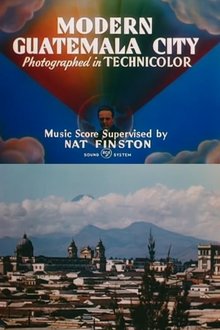
Modern Guatemala City (1945)
This FitzPatrick Traveltalk short visits Guatemala City, touching upon its sights, customs, and history.

One Summer in Austin: The Story of Filming 'A Scanner Darkly' (2006)
A unique documentary that interlaces archival interviews with author Philip K. Dick with chats featuring cast and crew. Discussed are the origins of the story, parallels the cast and crew sees to the goings-on in today's world, and adapting the story for film, modern audiences, and its unique look.
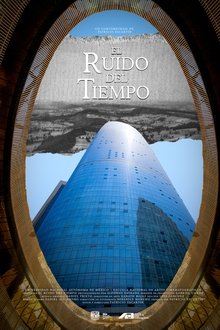
The Noise of Time (2024)
In the town of Xoco, the spirit of an old villager awakens in search of its lost home. Along its journey, the ghost discovers that the town still celebrates its most important festivities, but also learns that the construction of a new commercial complex called Mítikah will threaten the existence of both the traditions and the town itself.

The West 4th Street Hustle (2020)
Fearless George thinks he’s the king of the famous West 4th Street basketball courts as he hustles civilians who pass by. It isn’t until he meets his match that his true character is revealed.

Give Us the Earth! (1947)
This "Theater of Life" documentary was produced in cooperation with the International Committee, YMCA. It focuses on the work of Dr. Spencer Hatch, as he shows residents of small Mexican villages how to make their land better able to grow food and make them more independent.
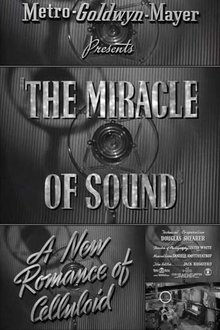
A New Romance of Celluloid: The Miracle of Sound (1940)
This short documentary, presented and directed by MGM sound engineer Douglas Shearer, goes behind the scenes to look at how the sound portion of a talking picture is created.
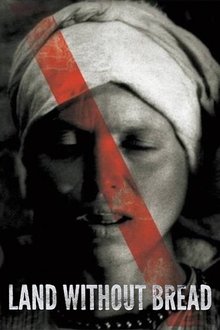
Land Without Bread (1933)
An exploration —manipulated and staged— of life in Las Hurdes, in the province of Cáceres, in Extremadura, Spain, as it was in 1932. Insalubrity, misery and lack of opportunities provoke the emigration of young people and the solitude of those who remain in the desolation of one of the poorest and least developed Spanish regions at that time. (Silent short, voiced in 1937 and 1996.)

Flying Stewardess (1940)
A short documentary depicting a typical day in the life of a 1940s era flying stewardess.

Reporting on the covering America (1982)
Americans are alarmed... What they have witnessed - a group of journalists from Soviet television, having appeared on American soil in the summer of 1982, America has not yet seen. To whom it would seem in our time to surprise with mass processions, demonstrations of many thousands. They are constantly reported in newspapers, their shots are now and then flashed in television news releases, and nevertheless, the events of this summer are something completely new in the political life of the United States...
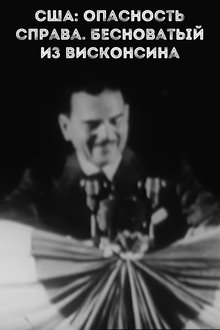
USA: danger from the right. Demoniac from Wisconsin (1971)
Professor Valentin Zorin, political observer of the USSR State Television and Radio Broadcasting, talks about Joseph McCarthy, an American politician, a senator from Wisconsin, who held an extremely anti-communist position, who advocated an intensification of the Cold War with the USSR. The name of McCarthy is associated with a reactionary trend in the political life of the United States of the early 1950s, dubbed "McCarthyism" and consisted in the persecution of people only suspected of sympathizing with communism and not committing any crimes.
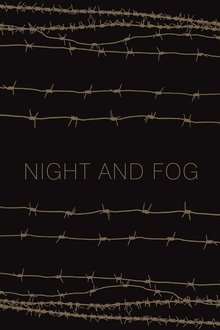
Night and Fog (1959)
Filmmaker Alain Resnais documents the atrocities behind the walls of Hitler's concentration camps.

Pestilent City (1967)
Pestilent City covers Manhattan from South to North, from Times Square to Harlem, finding along the way ever more poverty, violence, rage and tragic drunkenness.

The Case Against the 20% Federal Admissions Tax on Motion Picture Theatres (1953)
At the time this film was made, motion picture theaters were required to pay a 20% tax on gross ticket sales, and Congress was debating lowering this tax (as well as others) in a bill being considered by a Congressional committee. This film, which was made especially to be shown to members of the committee, sets forth the motion picture industry's case for reducing, if not eliminating, the tax.
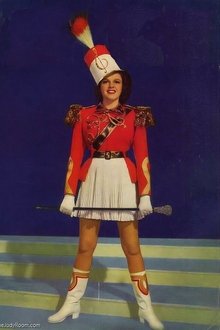
We Must Have Music (1942)
A short history of movie music is presented, from silent films accompanied by a single piano, to the elaborate song scores for musicals (with scenes from MGM's musicals) and background music for dramas. Conductor/composer
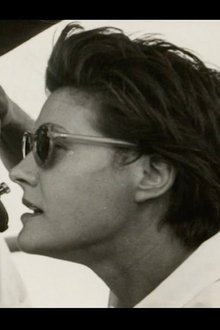
One Continuous Take: Kay Mander's Life in Film (2001)
Kay Mander kept training and social issues to the fore in the 1940s with her innovative documentaries. Mander, now living in Kirkcudbrightshire, recalls her life and work, with clips from many of her films.

Reconnaissance Pilot (1943)
Documentary/training film depicting the duties of a pilot in the Pacific Theatre of the Second World War as he flies reconnaissance missions over enemy-held islands.
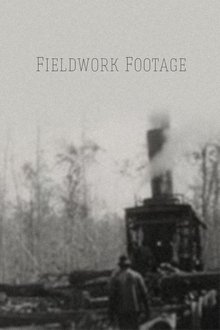
Fieldwork Footage (1928)
Under the tutelage of anthropologist Franz Boas (her former Columbia professor) and Harlem Renaissance arts patron Charlotte Osgood Mason, Zora Neale Hurston spent nearly two years, from 1927 to 1929, studying the folkloric customs, work songs, spirituals, and vernacular language of African American communities along the River Road and from New Orleans to Florida.
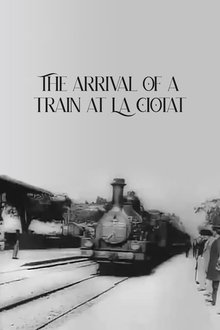
The Arrival of a Train at La Ciotat (1896)
A group of people are standing along the platform of a railway station in La Ciotat, waiting for a train. One is seen coming, at some distance, and eventually stops at the platform. Doors of the railway-cars open and attendants help passengers off and on. Popular legend has it that, when this film was shown, the first-night audience fled the café in terror, fearing being run over by the "approaching" train. This legend has since been identified as promotional embellishment, though there is evidence to suggest that people were astounded at the capabilities of the Lumières' cinématographe.

